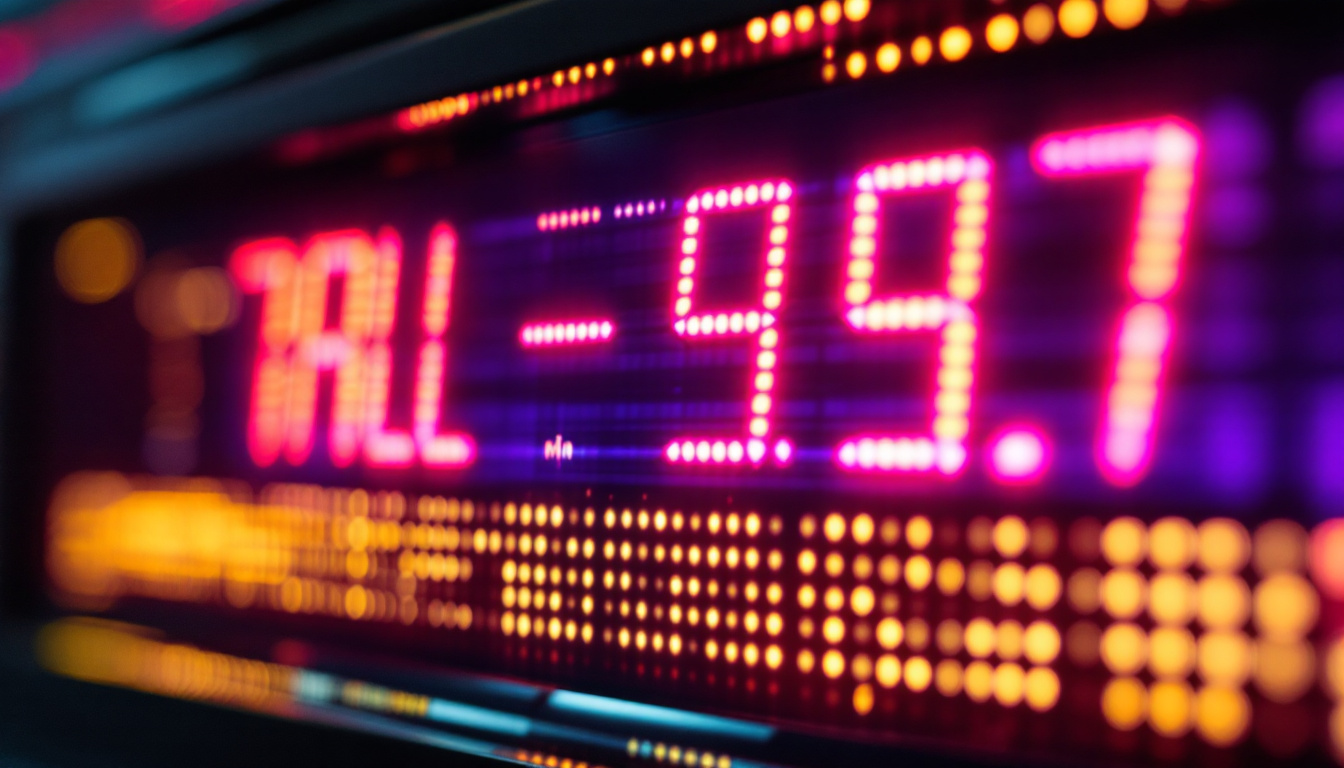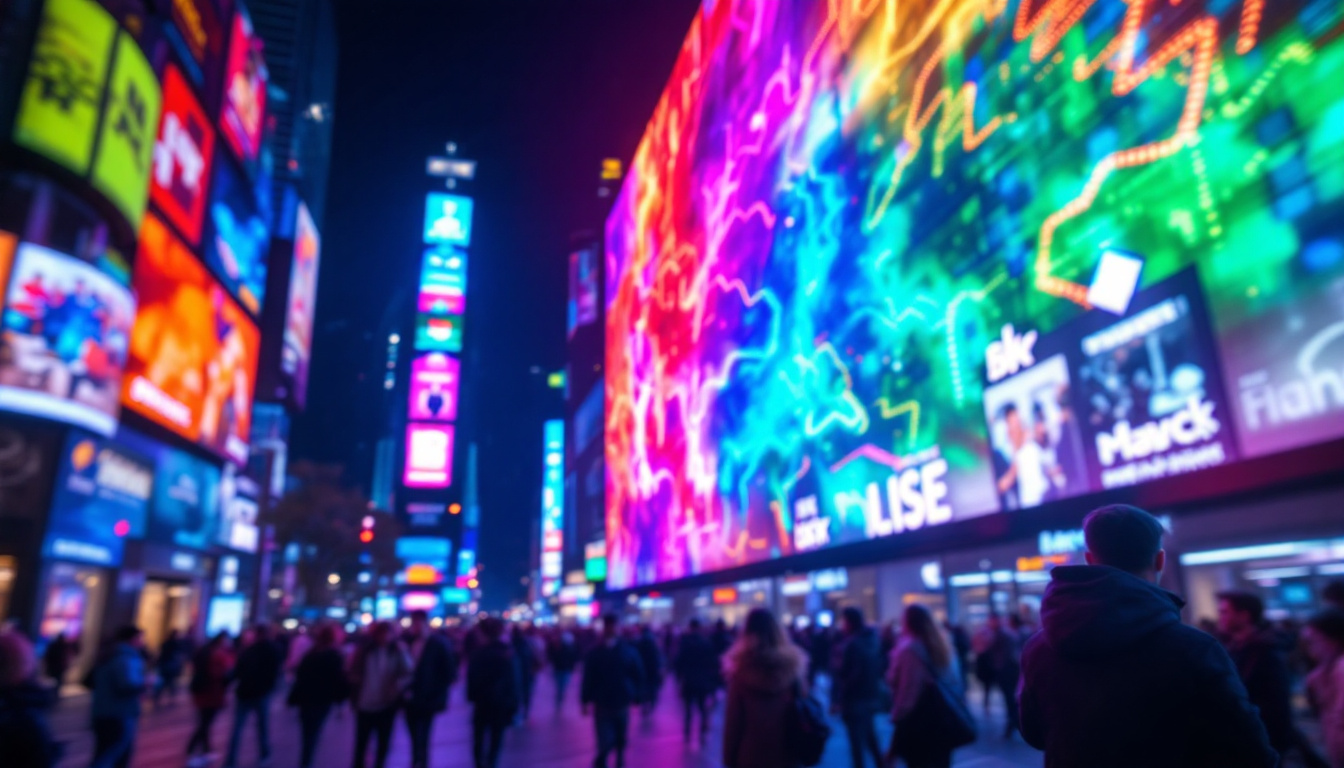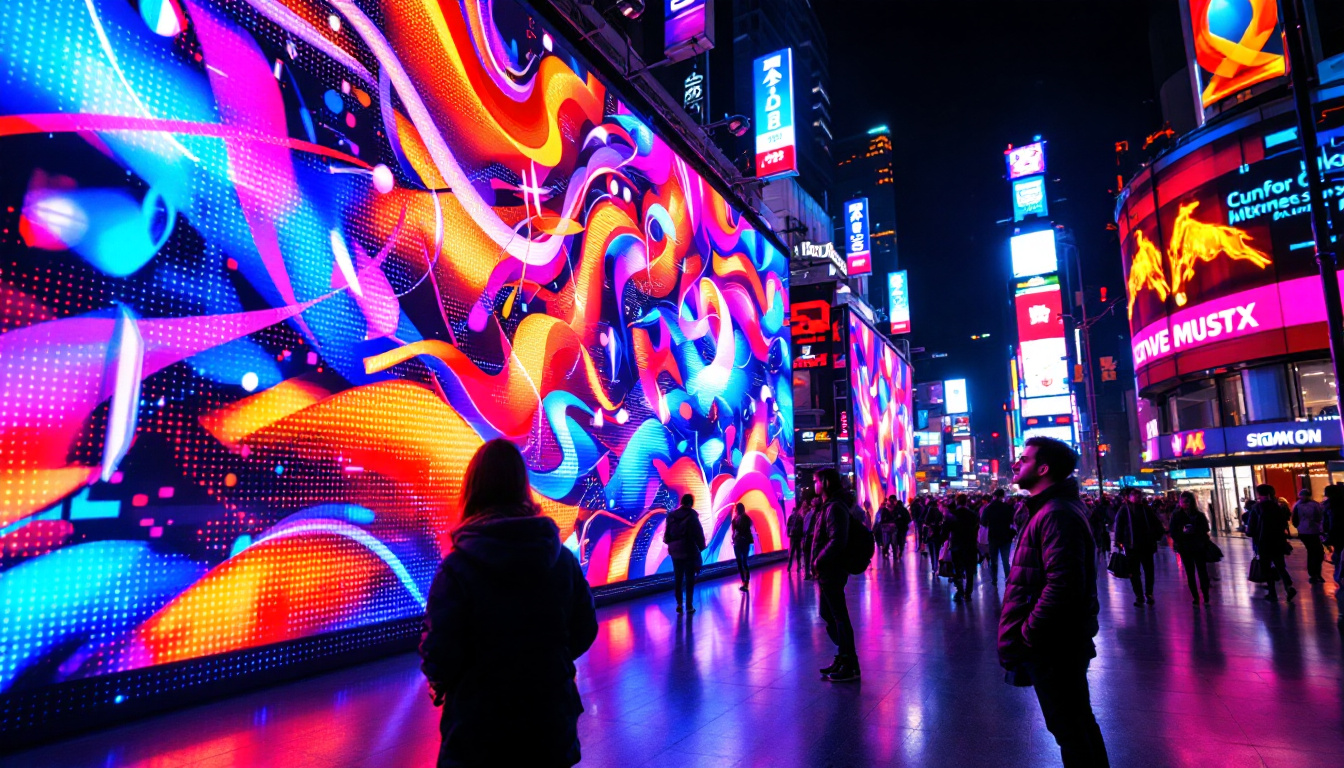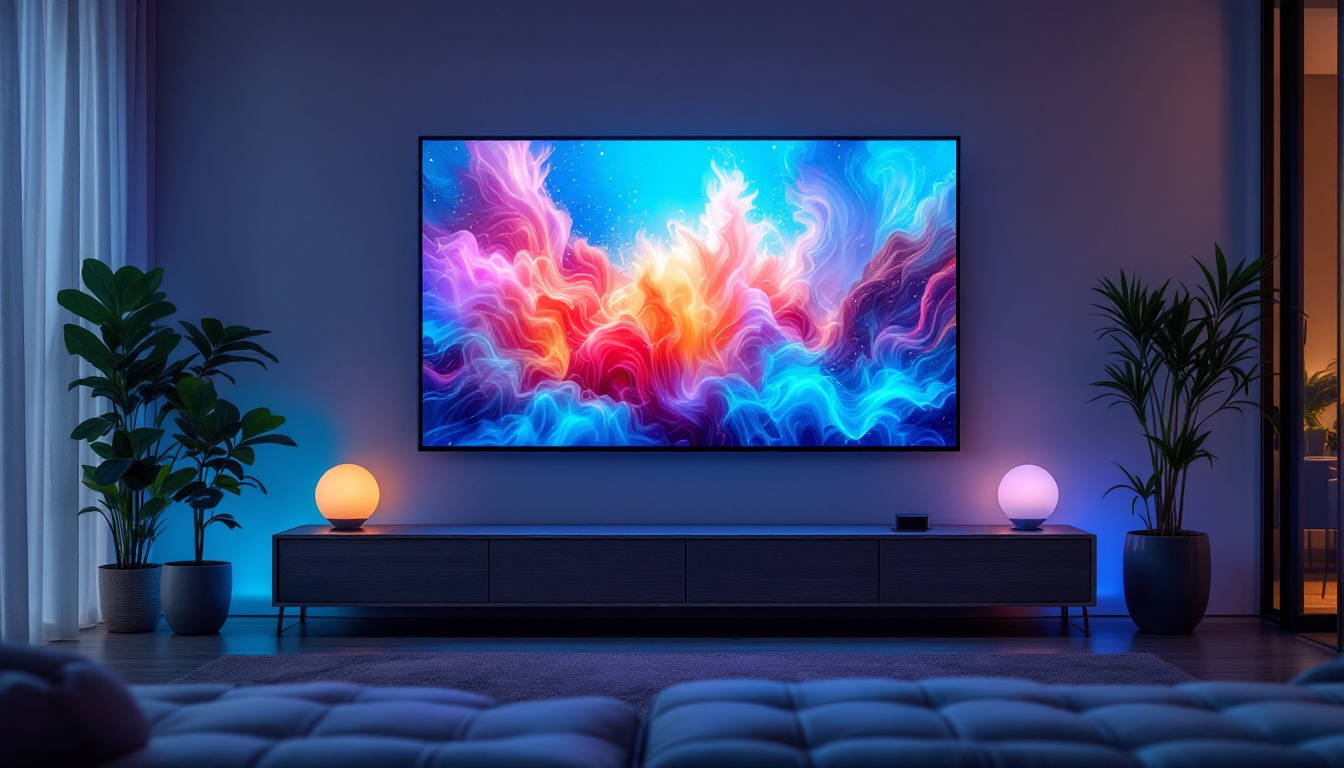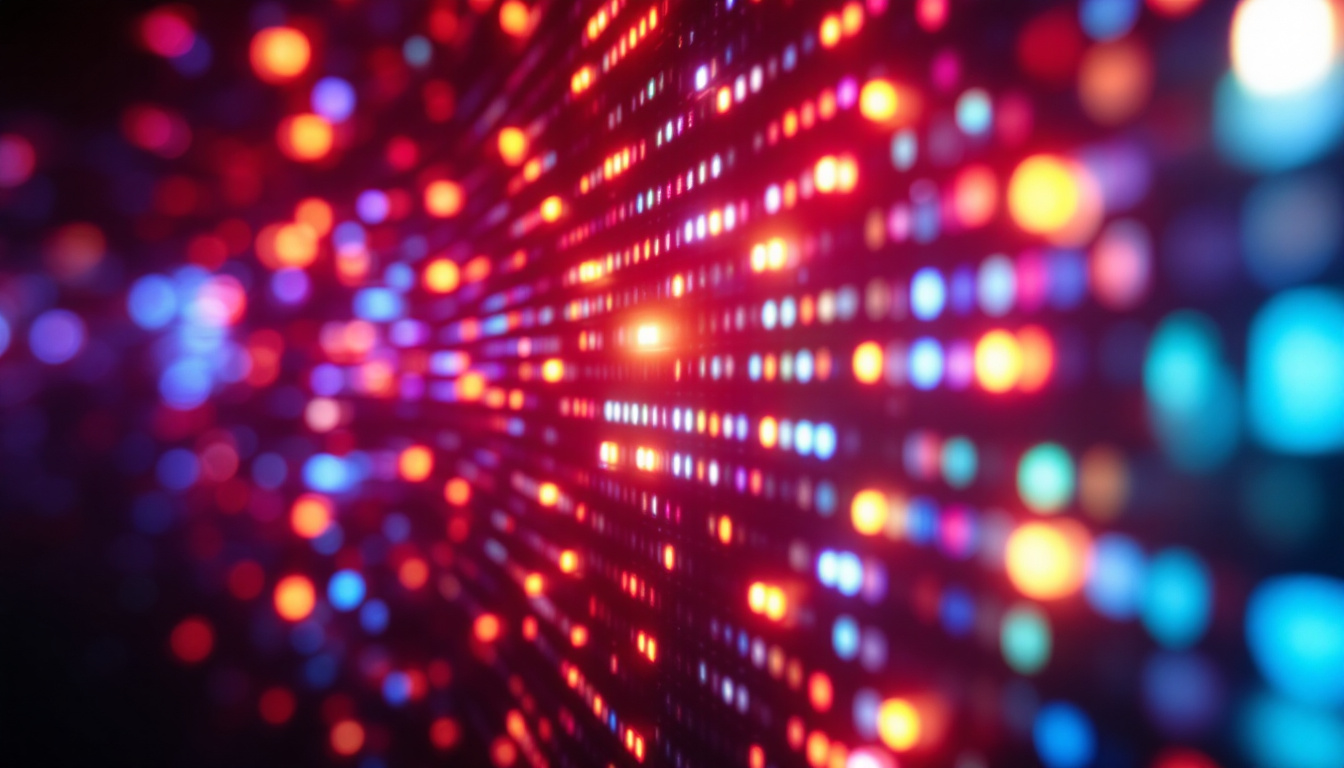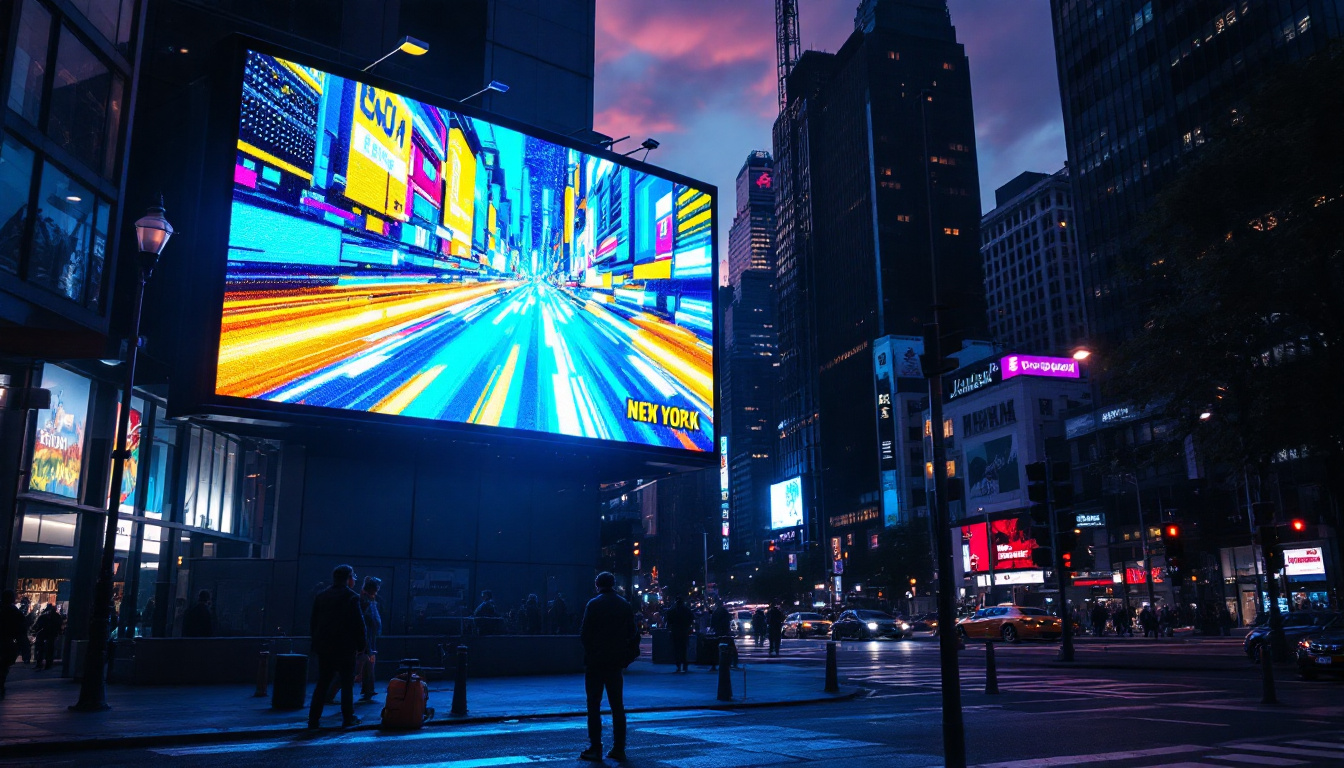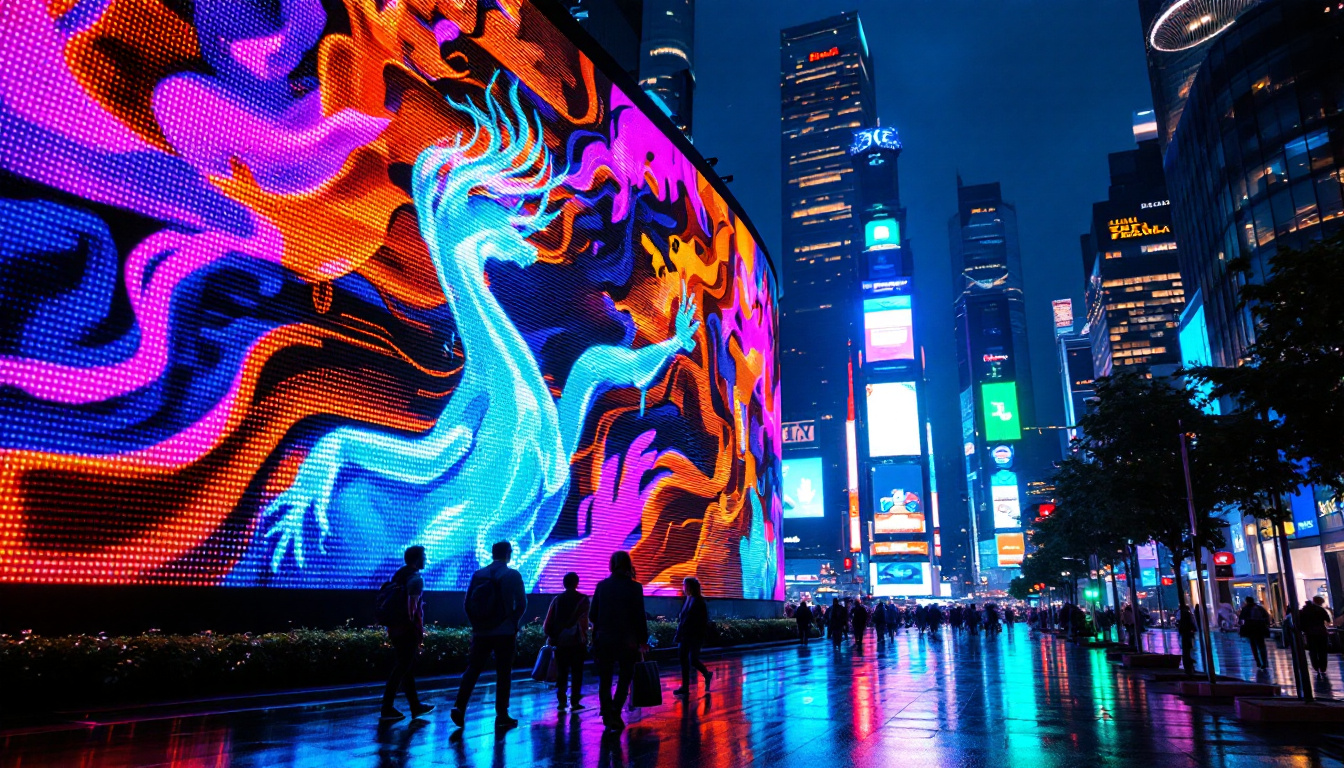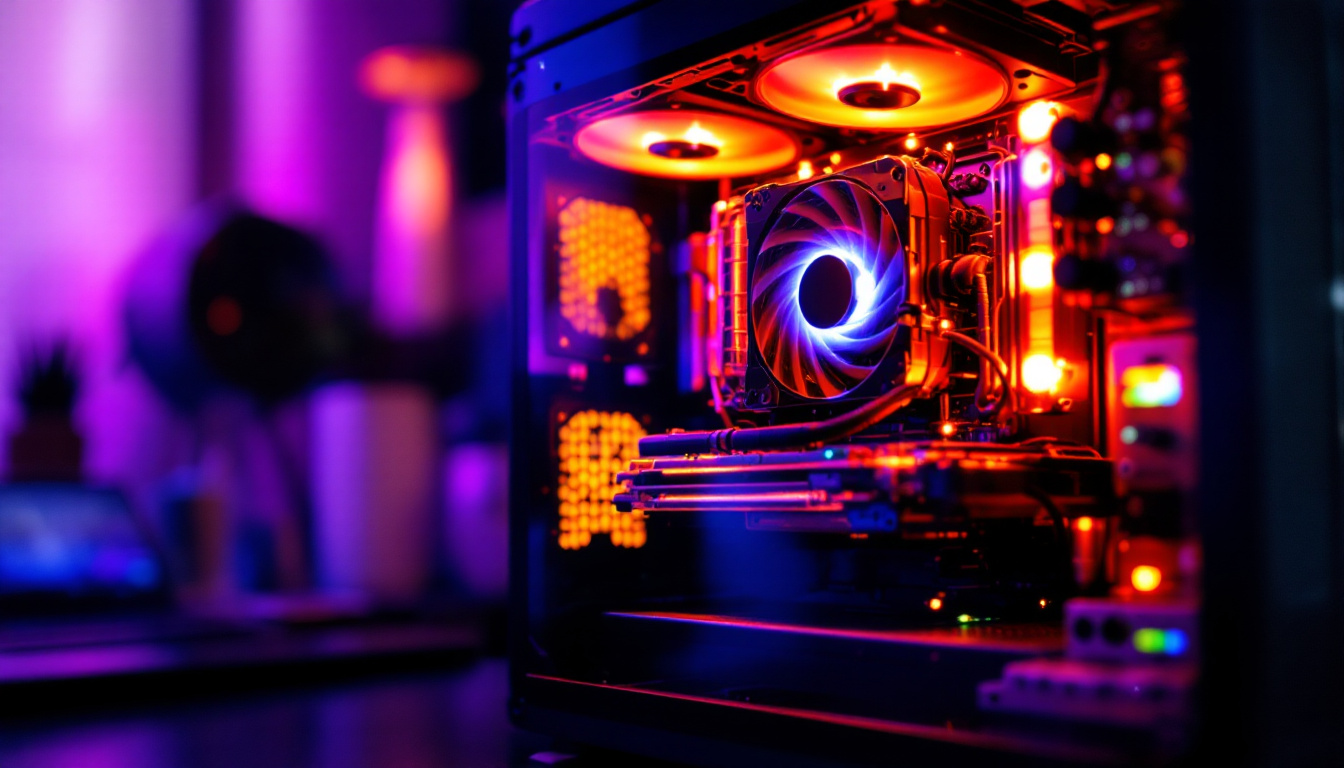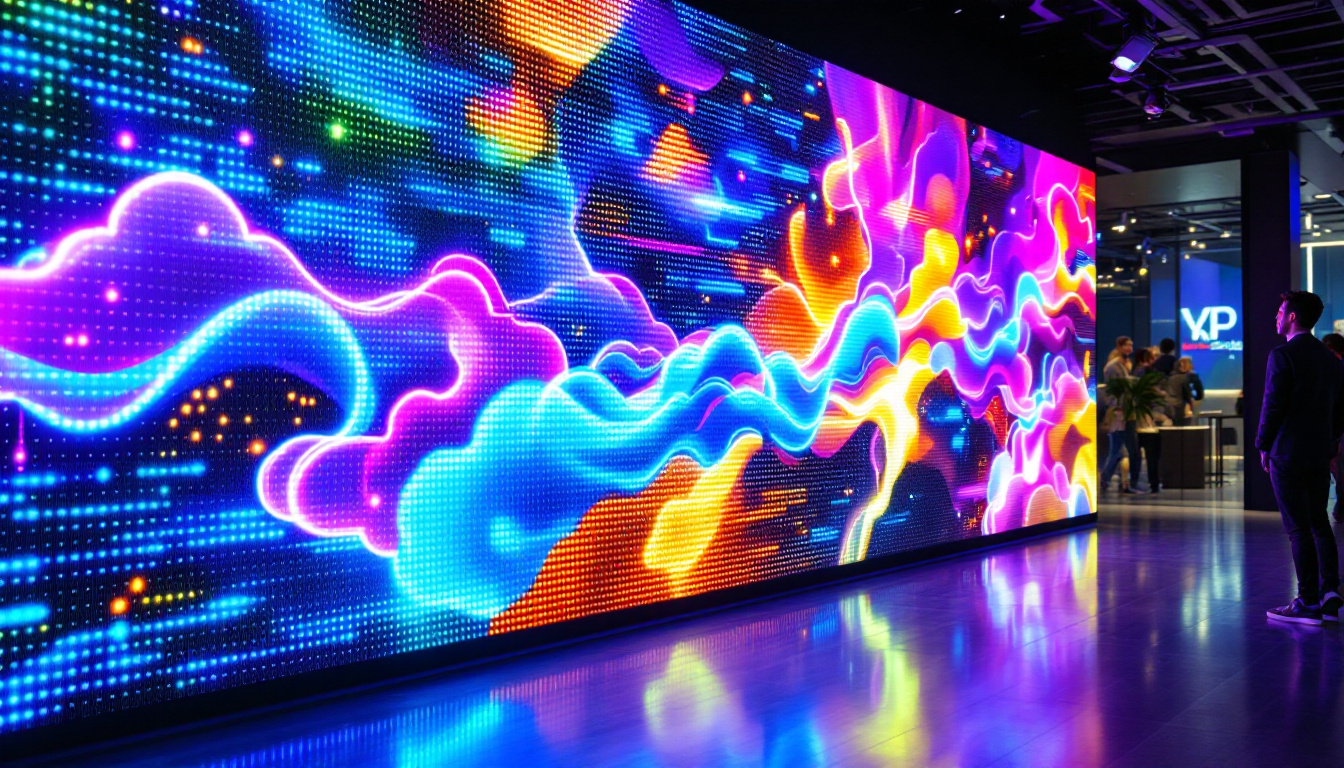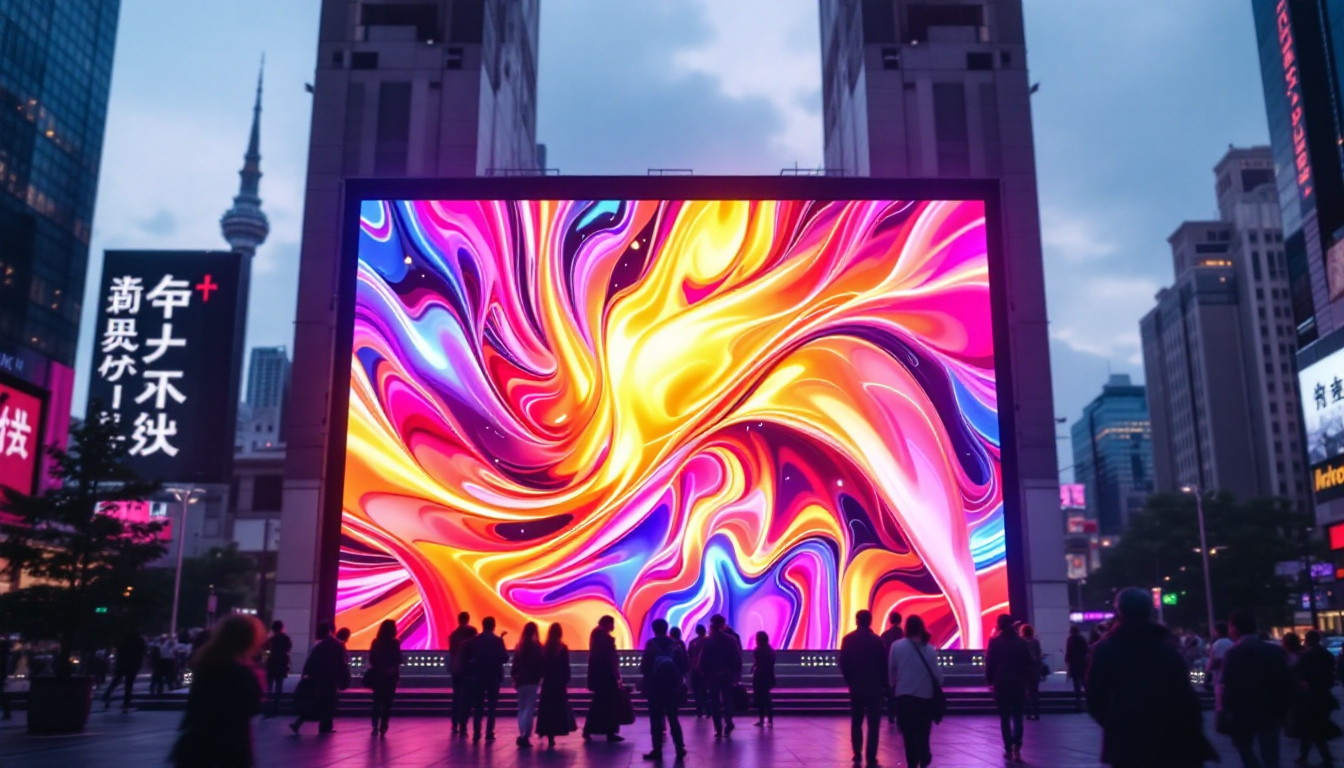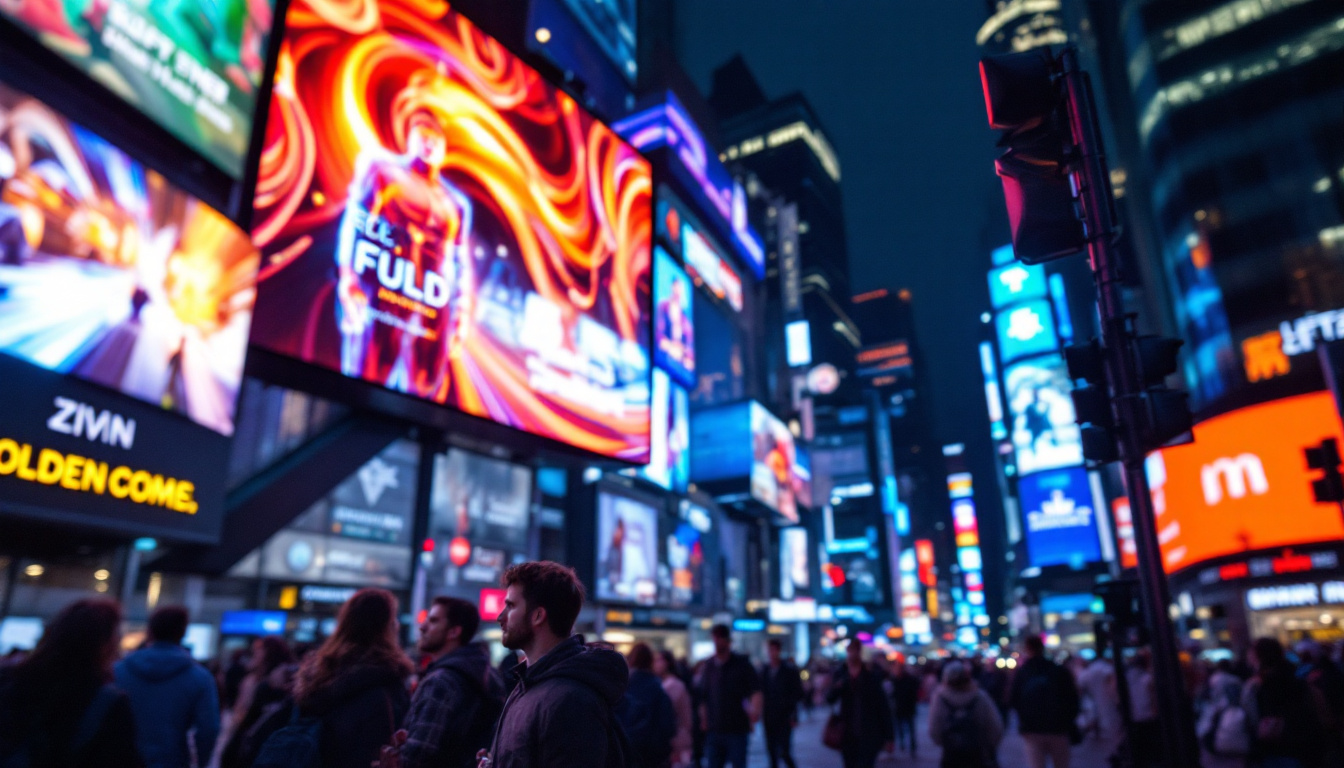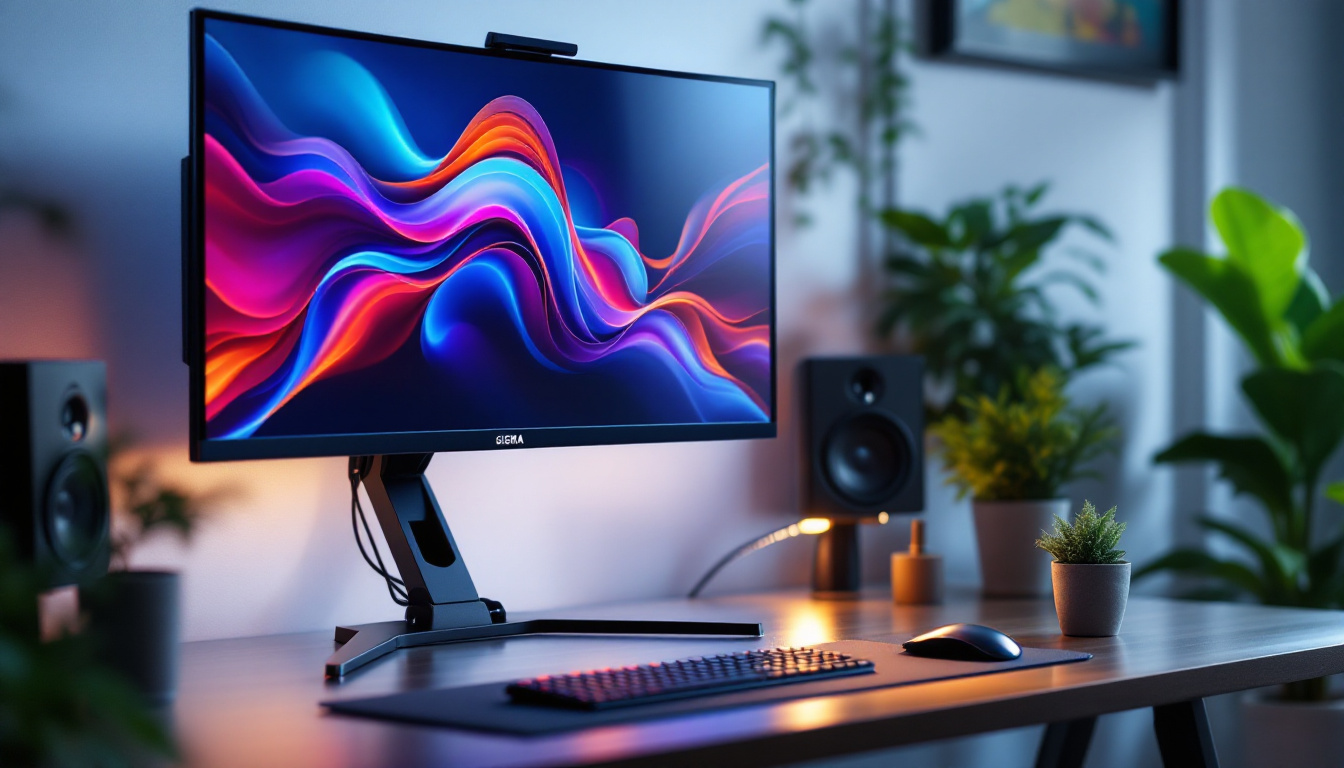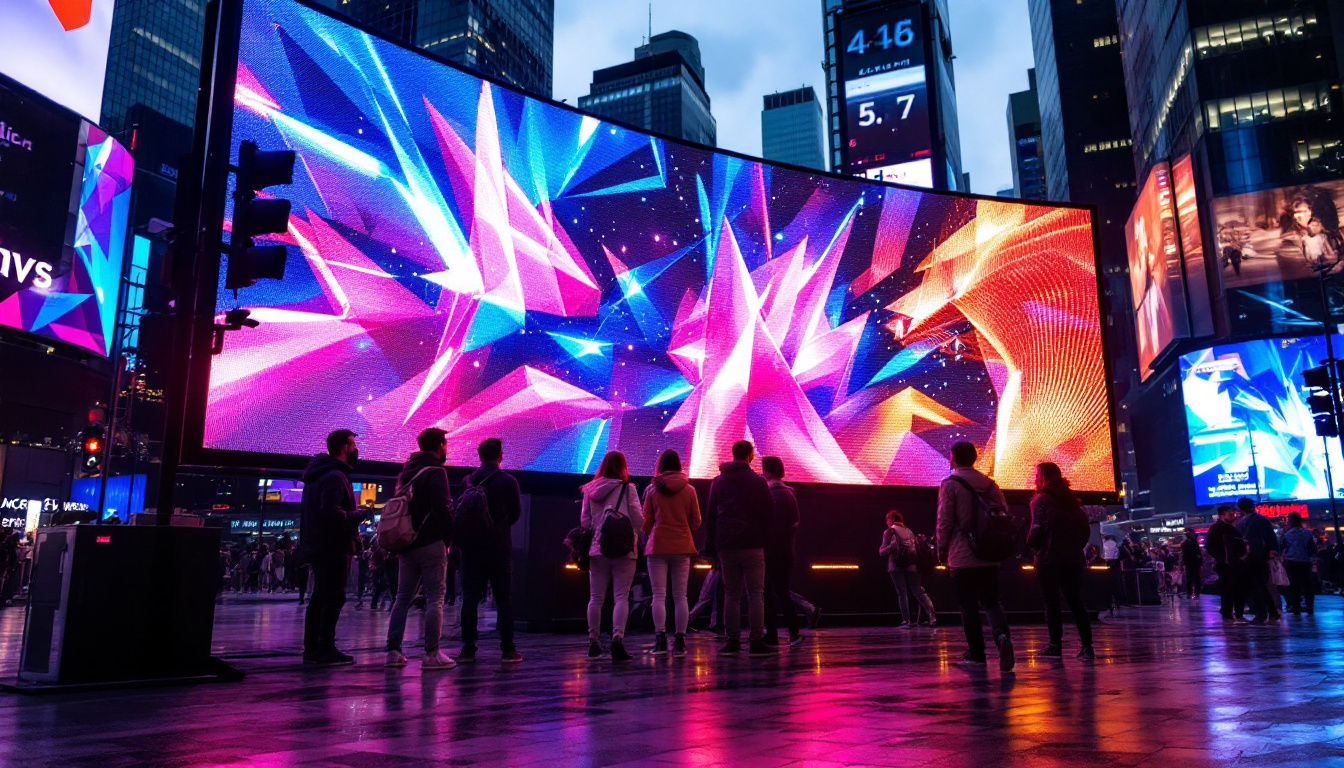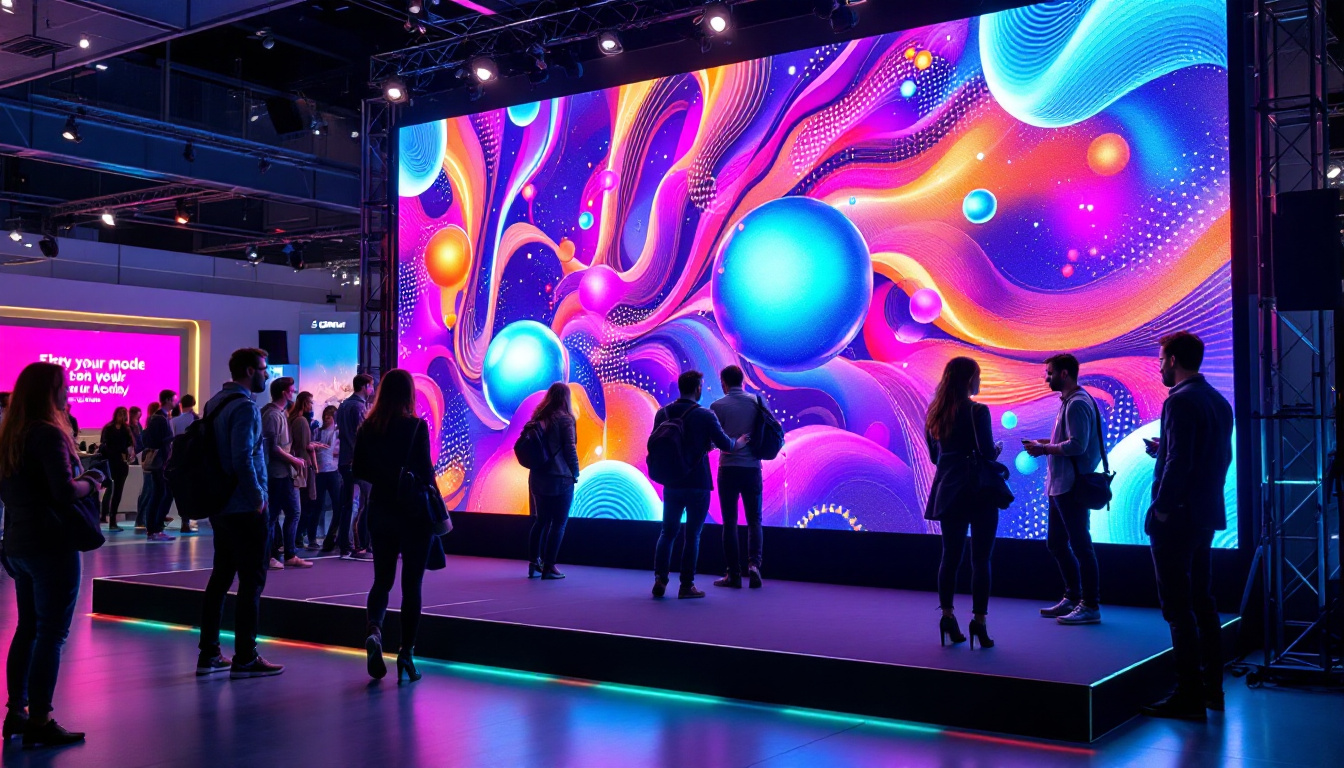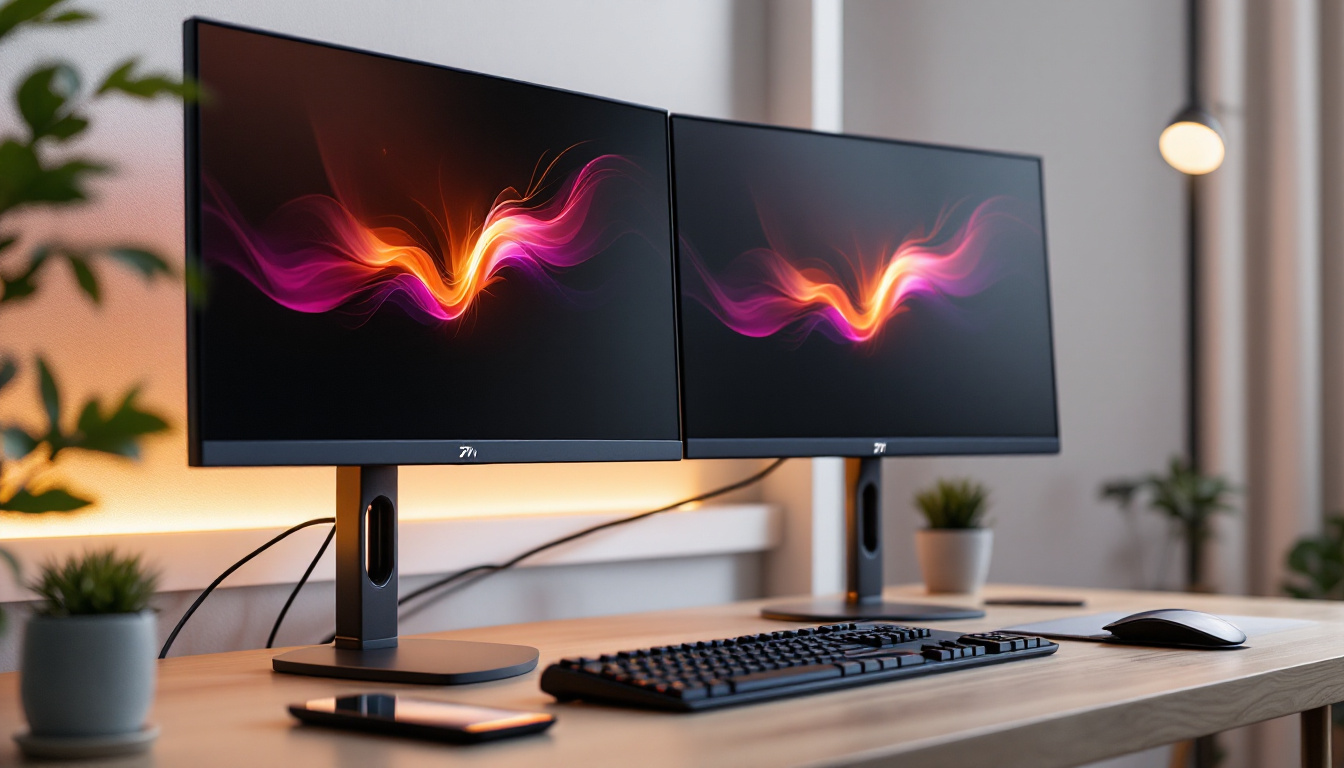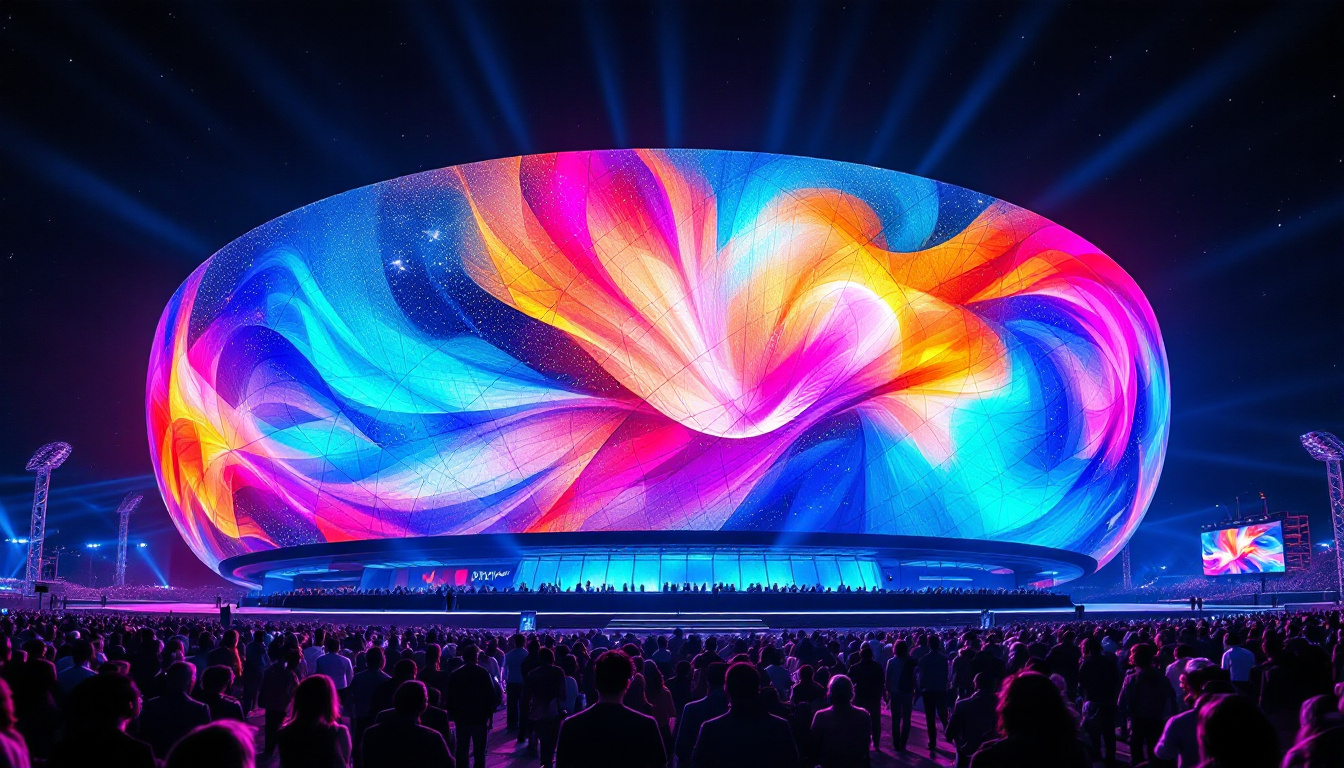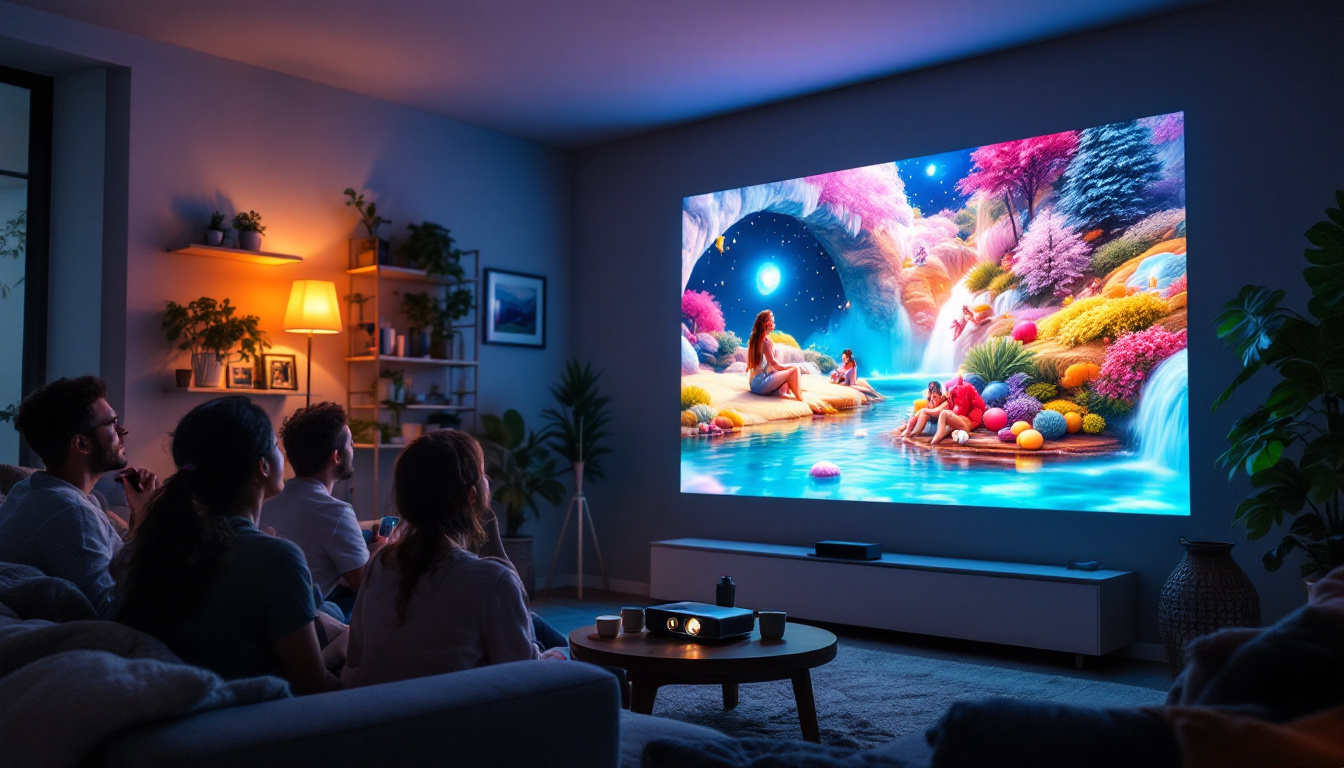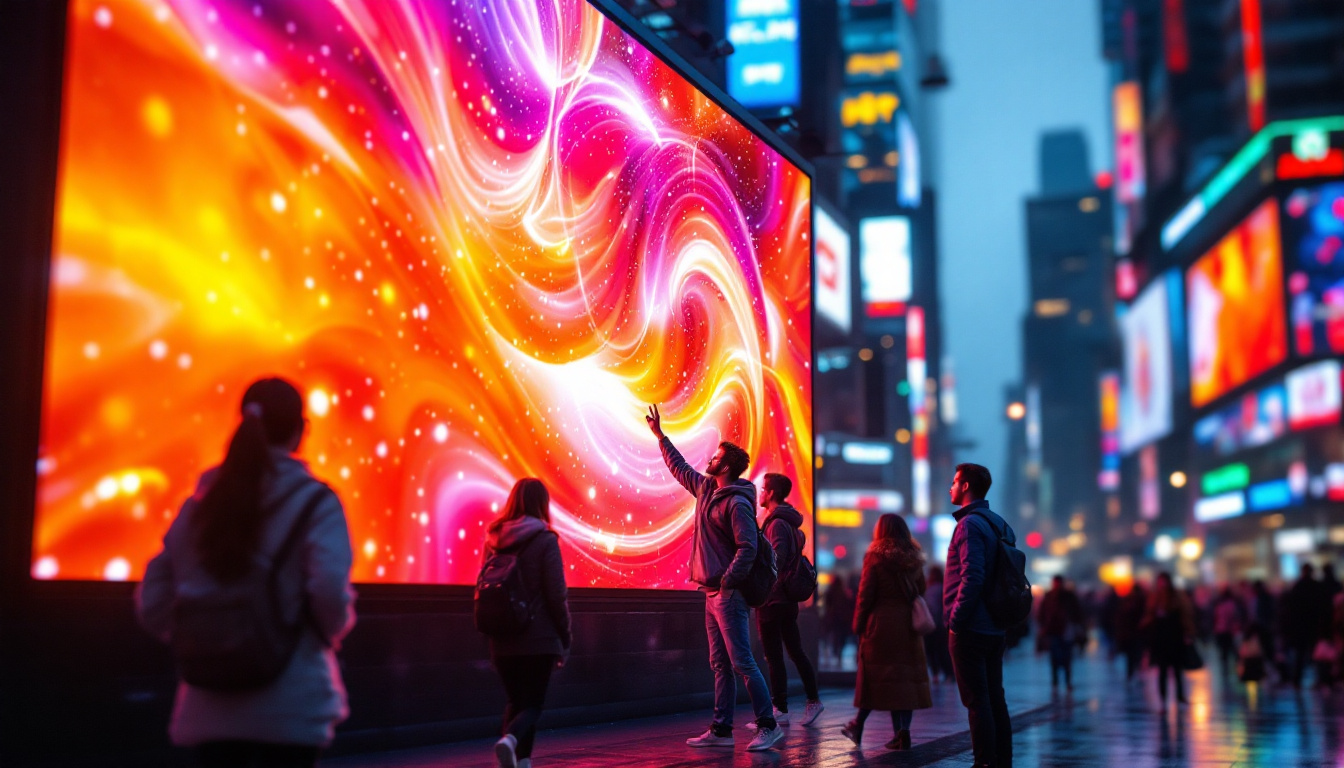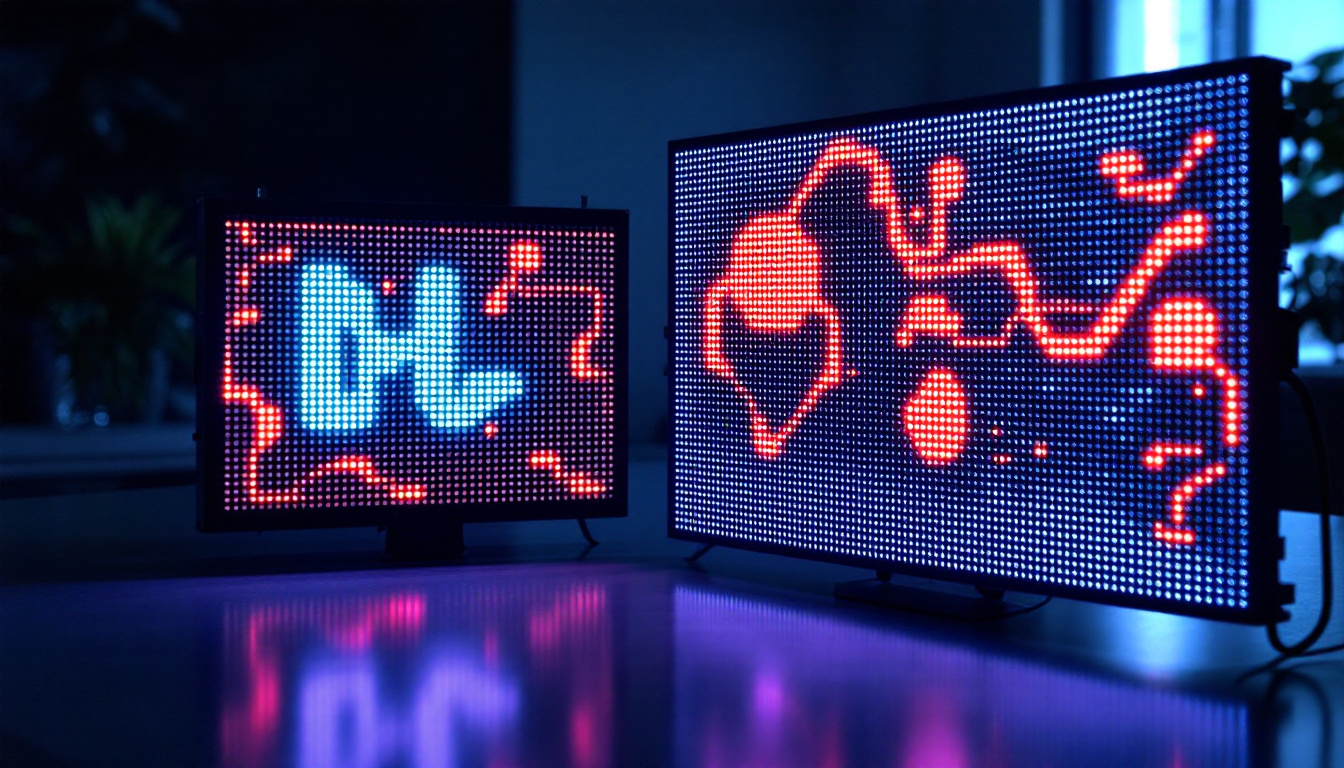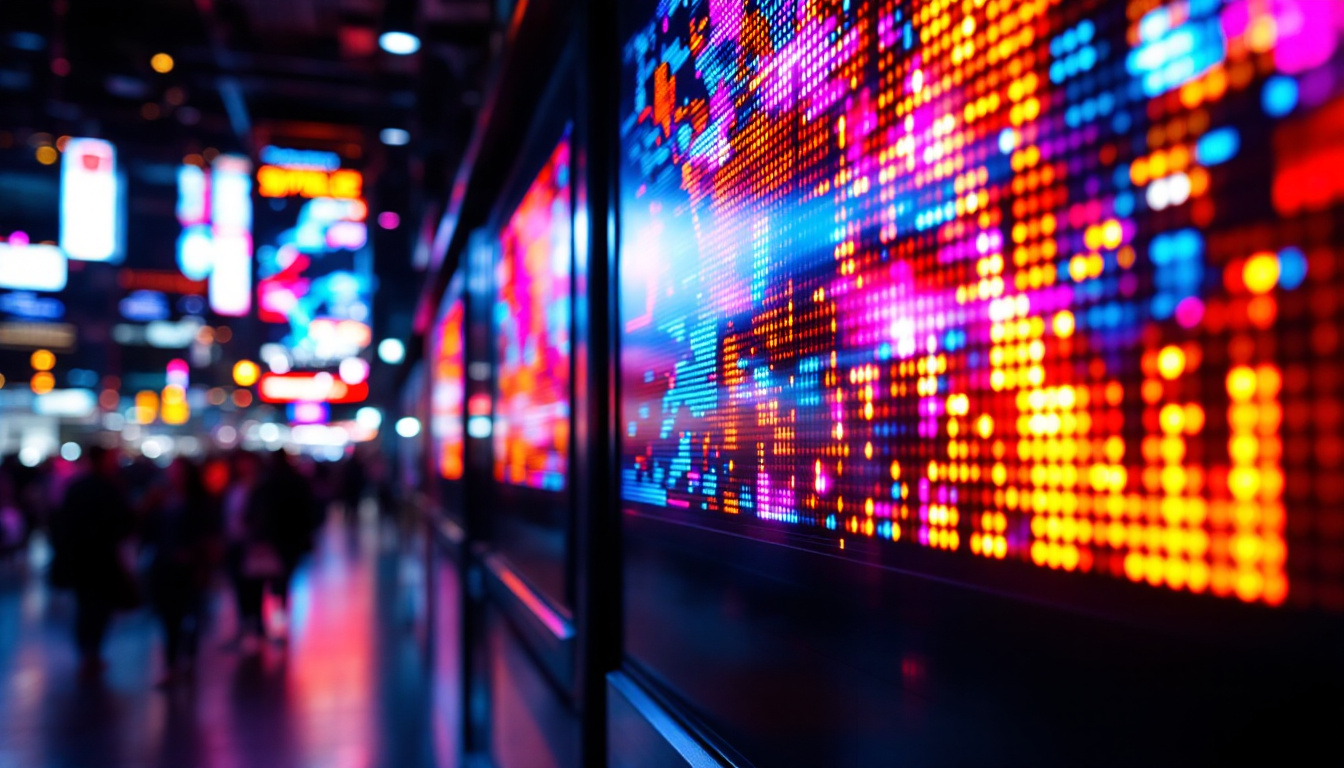Understanding the Basics of Measurement Conversion
Measurement conversion is a fundamental concept in various fields, including engineering, design, and manufacturing. When dealing with different units, such as millimeters and inches, it is essential to understand how to convert between them accurately. This knowledge is particularly important when working with LED displays, where precision can significantly impact the final product.
Millimeters (mm) and inches are two commonly used units of length. The metric system, which includes millimeters, is widely used around the world, while the imperial system, which includes inches, is primarily used in the United States. Understanding how to convert between these two units is crucial for professionals in various industries, particularly those involved in electronics and display technologies.
The Conversion Formula
To convert millimeters to inches, a simple formula can be applied. The conversion factor between millimeters and inches is 1 inch = 25.4 mm. Therefore, to convert millimeters to inches, one must divide the number of millimeters by 25.4. For example, to convert 1.8 mm to inches, the calculation would be:
1.8 mm ÷ 25.4 = 0.070866 inches
This formula is not only straightforward but also essential for ensuring accurate measurements when designing or working with LED displays.
Why Conversion Matters in LED Displays
LED displays are often designed using specific measurements that can vary between different regions. For instance, a display designed in a metric country may use millimeters for its dimensions, while a display designed for the U.S. market may use inches. Understanding how to convert these measurements accurately ensures that the displays fit correctly in their intended environments.
Moreover, precise measurements are crucial for ensuring the quality and performance of LED displays. Even a small discrepancy in size can lead to significant issues, such as poor fitting, reduced visual quality, or even malfunctioning of the display. Thus, mastering the conversion between millimeters and inches is vital for anyone working with LED technology.
LED Display Technology Overview
LED (Light Emitting Diode) displays have become increasingly popular in various applications, from televisions and computer monitors to large-scale advertising billboards. The technology behind LED displays is fascinating and involves several components that work together to produce high-quality images and videos.
At the core of an LED display is the LED itself, which emits light when an electric current passes through it. These diodes are arranged in a grid, creating pixels that can be turned on or off to display different colors and images. The resolution of an LED display is determined by the number of pixels it contains, which is often measured in pixels per inch (PPI) or pixels per millimeter (PPM).
Types of LED Displays
There are several types of LED displays, each with its unique characteristics and applications. The most common types include:
- Direct View LED Displays: These displays use individual LEDs to create images directly. They are often used in outdoor advertising and large venues due to their brightness and visibility.
- LED-backlit LCD Displays: These displays use LEDs to provide backlighting for an LCD panel. They are commonly found in televisions and computer monitors, offering improved contrast and color accuracy.
- Organic LED (OLED) Displays: OLED technology uses organic compounds to emit light, allowing for thinner displays with better color reproduction and viewing angles. They are popular in high-end televisions and smartphones.
Key Advantages of LED Displays
LED displays offer numerous advantages over traditional display technologies, making them a preferred choice in many applications. Some of the key benefits include:
- Energy Efficiency: LED displays consume less power compared to other display types, making them more environmentally friendly and cost-effective.
- Brightness: LEDs can produce bright images, making them suitable for both indoor and outdoor use, even in direct sunlight.
- Longevity: LED displays have a longer lifespan than traditional displays, reducing the need for frequent replacements and maintenance.
Importance of Pixel Pitch in LED Displays
Pixel pitch is a critical specification in LED display technology, referring to the distance between the centers of two adjacent pixels. It is typically measured in millimeters and has a direct impact on the display’s resolution and image quality. Understanding pixel pitch is essential for selecting the right LED display for a specific application.
How Pixel Pitch Affects Display Quality
A smaller pixel pitch means that the pixels are closer together, resulting in a higher resolution and sharper images. This is particularly important for applications where viewers are close to the display, such as in retail environments or control rooms. Conversely, a larger pixel pitch may be suitable for applications where the display is viewed from a distance, such as outdoor billboards.
For instance, a display with a pixel pitch of 1.8 mm would have a higher resolution than one with a pixel pitch of 3 mm, making it more suitable for applications requiring detailed images. Therefore, understanding the pixel pitch is crucial for ensuring that the LED display meets the specific needs of the intended audience.
Calculating Pixel Density
Pixel density, often expressed in pixels per square meter (PPI), is another important factor to consider when evaluating LED displays. It can be calculated using the pixel pitch. The formula for calculating pixel density is:
Pixel Density = (1 / Pixel Pitch)²
For example, if the pixel pitch is 1.8 mm, the pixel density would be:
Pixel Density = (1 / 1.8 mm)² = 308.64 pixels per square meter
This calculation helps in determining the clarity and detail that the display can provide, which is essential for applications requiring high image quality.
Applications of LED Displays
LED displays are versatile and can be found in a wide range of applications across various industries. Their adaptability and performance make them suitable for both indoor and outdoor environments.
Commercial and Advertising Use
One of the most prominent applications of LED displays is in commercial advertising. Businesses use large LED screens to promote their products and services, capturing the attention of potential customers. These displays can be found in shopping malls, on buildings, and at sporting events, providing dynamic and engaging content that can be updated in real-time.
Additionally, the ability to display vibrant colors and high-resolution images makes LED displays ideal for advertising campaigns. They can effectively convey messages and attract audiences, leading to increased brand awareness and sales.
Entertainment and Events
In the entertainment industry, LED displays play a crucial role in enhancing the audience experience. Concerts, festivals, and sporting events often feature large LED screens that display live feeds, graphics, and animations. These displays contribute to the overall atmosphere, ensuring that attendees remain engaged throughout the event.
Moreover, the flexibility of LED displays allows for creative installations, such as curved or shaped screens, which can further enhance visual storytelling and audience interaction.
Information and Transportation Systems
LED displays are also widely used in information systems, such as public transportation signage. Buses, trains, and airports utilize LED displays to provide real-time information to passengers, including arrival and departure times, delays, and other essential updates. The clarity and visibility of LED displays ensure that information is easily accessible, contributing to a smoother travel experience.
In addition, LED displays are often used in digital signage for wayfinding in large venues, helping visitors navigate complex environments such as shopping malls, airports, and convention centers.
Future Trends in LED Display Technology
The LED display industry is continuously evolving, with new technologies and innovations emerging regularly. As demand for high-quality displays increases, several trends are shaping the future of LED technology.
Advancements in Resolution and Clarity
As technology progresses, the resolution of LED displays continues to improve. Manufacturers are developing displays with smaller pixel pitches, allowing for higher pixel densities and better image quality. This trend is particularly evident in the rise of 4K and even 8K LED displays, which provide stunning clarity and detail.
Furthermore, advancements in color accuracy and brightness are enhancing the overall viewing experience, making LED displays suitable for even more applications.
Integration with Smart Technology
The integration of LED displays with smart technology is another significant trend. Smart LED displays can connect to the internet, allowing for real-time content updates and remote management. This capability is particularly beneficial for advertising and information systems, where timely updates are crucial.
Additionally, smart technology enables interactive features, such as touchscreens and gesture recognition, enhancing user engagement and providing new opportunities for businesses to connect with their audiences.
Sustainability and Eco-Friendly Solutions
As environmental concerns grow, the LED display industry is also focusing on sustainability. Manufacturers are exploring eco-friendly materials and energy-efficient technologies to reduce the environmental impact of LED displays. This includes developing displays that consume less power and have longer lifespans, contributing to a more sustainable future.
Moreover, recycling programs for old LED displays are becoming more common, ensuring that electronic waste is managed responsibly.
Conclusion
In conclusion, understanding the conversion between millimeters and inches is crucial for anyone working with LED displays. The technology behind these displays is complex yet fascinating, with various types and applications that cater to different needs. As the industry continues to evolve, advancements in resolution, smart technology integration, and sustainability will shape the future of LED displays.
By mastering the principles of measurement conversion and staying informed about the latest trends, professionals can ensure that they are well-equipped to navigate the ever-changing landscape of LED display technology.
Explore Cutting-Edge LED Displays with LumenMatrix
Ready to take your visual communication to the next level? Discover LumenMatrix’s innovative LED display solutions, designed to captivate and engage your audience like never before. From vibrant Indoor and Outdoor LED Wall Displays to dynamic Vehicle and Sports LED Displays, our offerings cater to a wide array of applications. Experience the future of digital signage with our All-in-One LED Displays, LED Transparent Displays, and more. Elevate your brand’s visibility and create unforgettable visual experiences with LumenMatrix. Check out LumenMatrix LED Display Solutions today and transform your message into a visual masterpiece.

